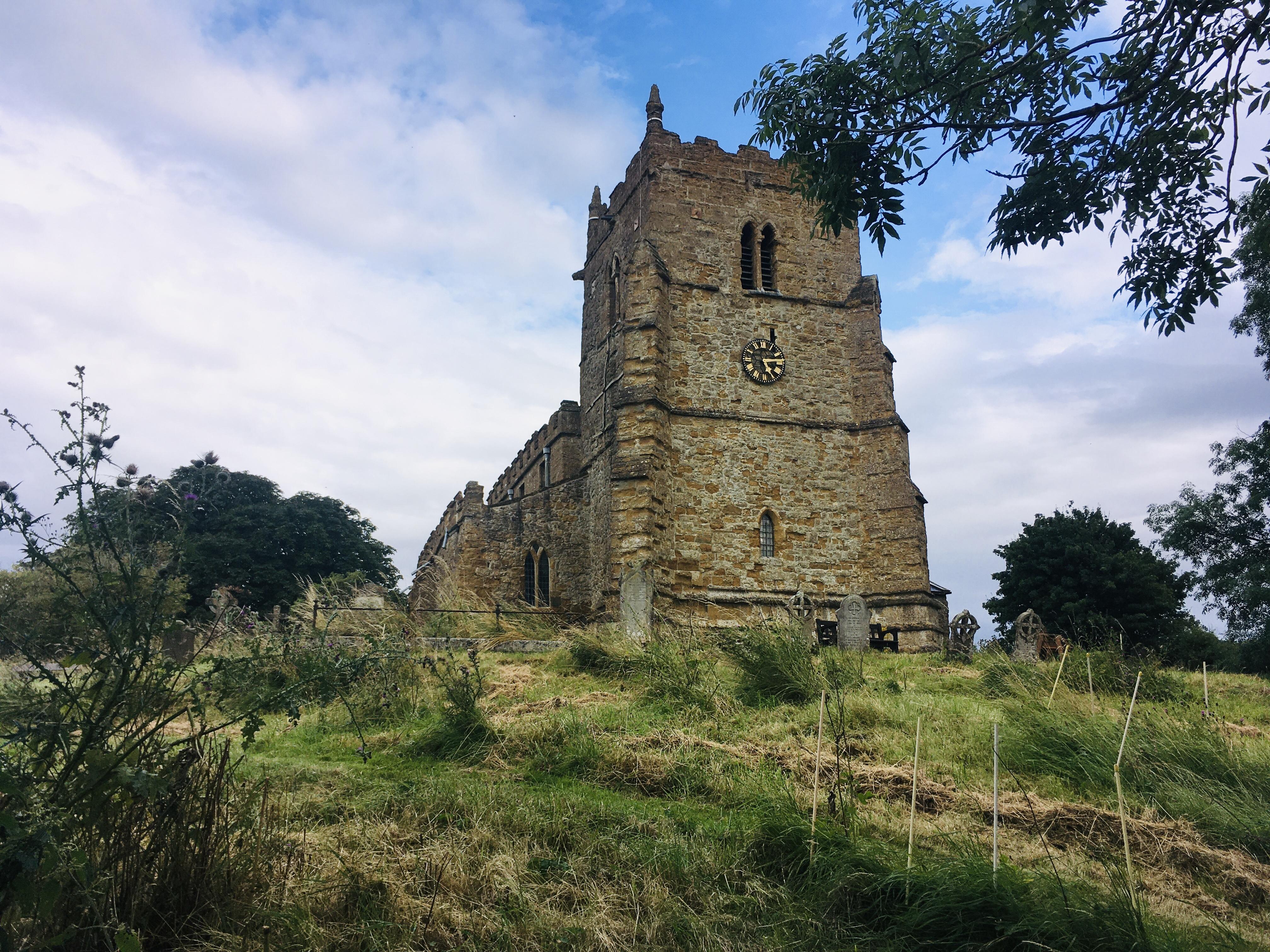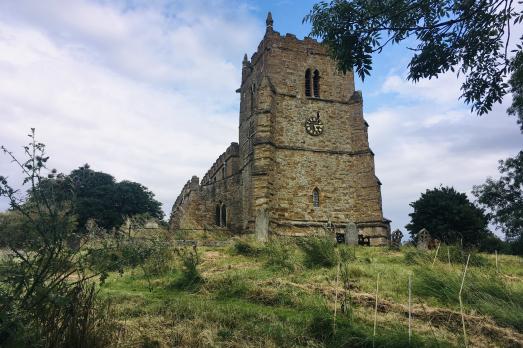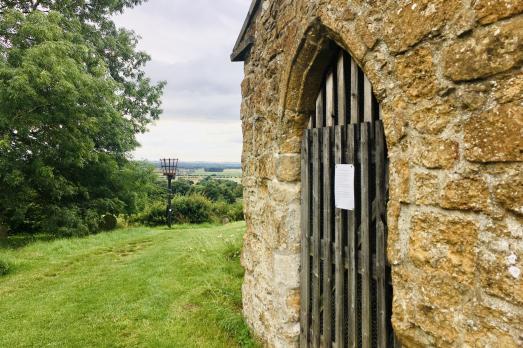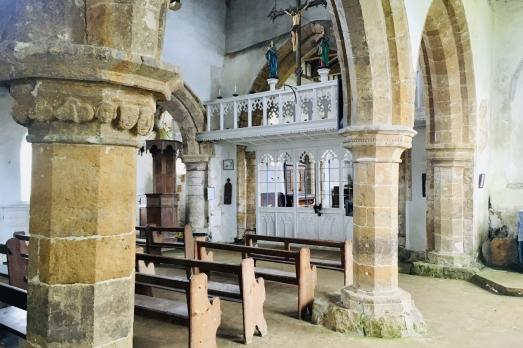It stands in solitary dignity at Walesby escarpment overlooking the village. As described by John Betjeman, All Saints is 'an exceptionally attractive church worth bicycling twelve miles against the wind to see'.
There is evidence that the ancient site of which the old church stands has Saxon or Norman foundations and the church represents every period from the 12th to 15th century architecture.
In 1861 the remains of a Roman villa was excavated to the east of the church and coins found date the settlement to around 320, there is also strong evidence that an earlier Saxon church stood on the site as Saxon graves have been excavated nearby which date around AD600.
The church has eight bells, two surviving from the medieval period. The clock was given to mark the Silver Jubilee of King George V and its ‘Guilford Chimes' strike on all eight bells, unlike the more usual five bell chime.
The church was repaired and re-roofed in the 1820s for the expense of nearly £1000. However the church did fall into disrepair and an ‘iron church was erected in 1881 in the village. All Saints was renovated in the 1930s and became known as the Ramblers Church. A beautiful stained glass window depicting walkers and cyclists was donated by the local ramblers in 1951.
Very near the church is a Signal Beacon. Although not an original site for a beacon, it is a replica of those lit in 1588 to alert the local militia to the arrival of the Spanish invasion fleet. This was erected in July 1988 and lit 19th July 1988 as part of the beacon chain to commemorate the 400th anniversary of the sighting of the Great Spanish Armada.
The church is accessed from Walesby village by an ancient if somewhat muddy track. Situated in the picturesque Wolds, the view from the church is quite spectacular across the plains and on days of good visibility Lincoln Cathedral, 20 miles away, can be seen with the naked eye.





